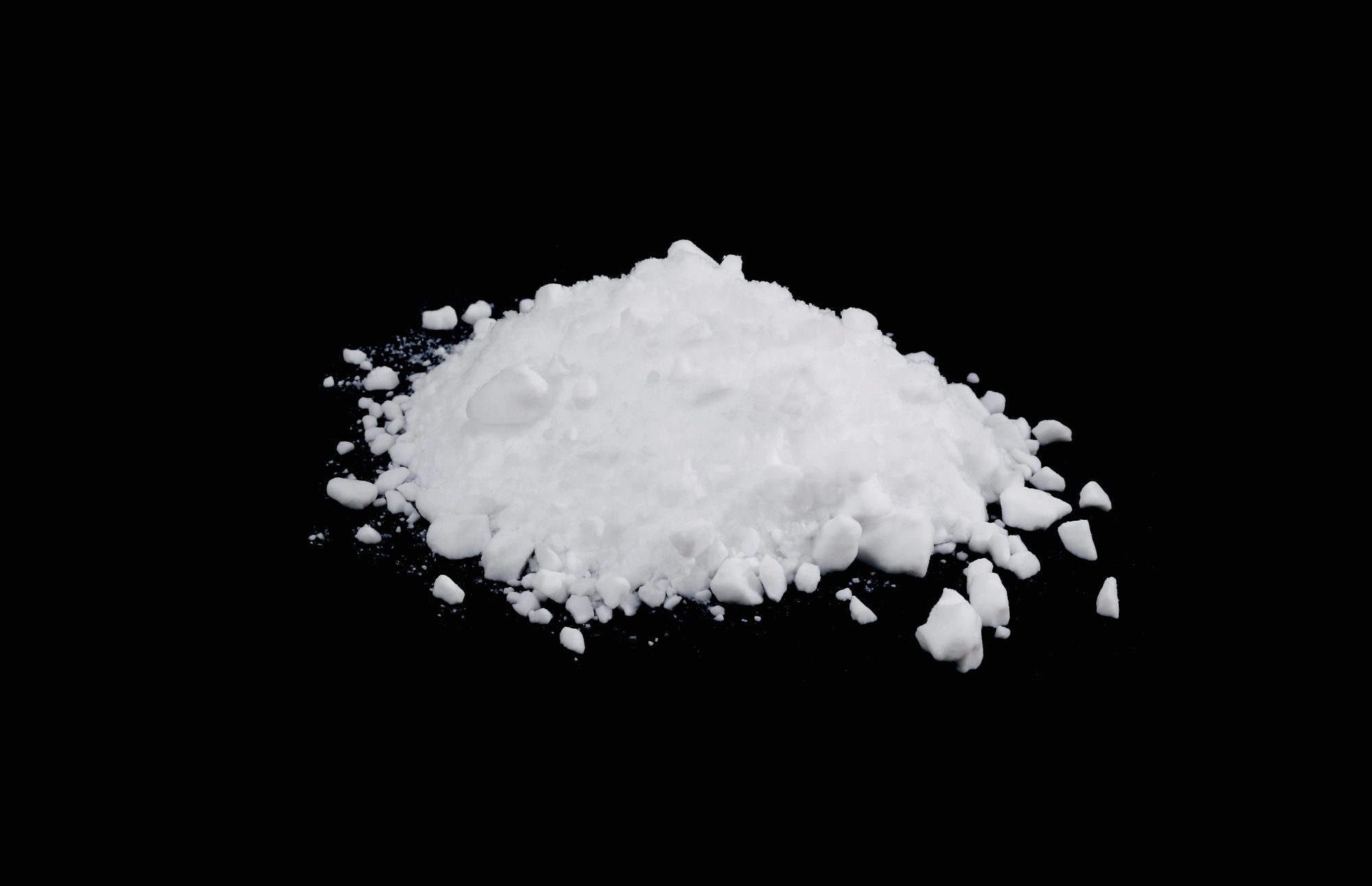Silica ceramics are a type of ceramic material widely used in various industries, including electronics, automotive, medical equipment, and aerospace components. Silica, also known as silicon dioxide (SiO2), is a primary component of silica ceramics. It is also a pivotal material in various industries, from glass manufacturing to electronics. In this article, we will explore the relationship between silica and ceramics, examining whether silica can be considered a type of ceramic.
Understanding Silica
Silica, or silicon dioxide, is one of the most abundant minerals found on Earth. It exists in various forms, from crystalline to amorphous, and is a primary component of sand. Silica's versatility and abundance make it a critical material in numerous applications, including glassmaking, construction, and even in the food and pharmaceutical industries as an additive.
What is Ceramic?
Ceramic is a broad term that refers to a wide range of inorganic, non-metallic solid materials that have been subjected to high temperatures to achieve desired properties such as hardness, durability, and resistance to heat and corrosion. Ceramics are made by shaping and then firing a non-metallic mineral, such as clay, at high temperatures. The firing process causes the materials to undergo a permanent change, developing a rigid and crystalline structure or, in some cases, a partially crystalline and partially glassy structure. The properties of ceramics can vary widely depending on their composition and the method of production. They can range from highly durable and tough materials, like some types of ceramics used in aerospace and military applications, to more fragile ones, like porcelain and earthenware. The key characteristics of ceramics include:
- High melting points
- Low conductivity of heat and electricity (making them good insulators)
- Resistance to chemical erosion
- Ability to withstand harsh environmental conditions
Silica's Ceramic Qualities
To determine whether silica is a type of ceramic, it's crucial to understand what defines a ceramic material. Ceramics are non-metallic, inorganic solids that are made from powdered materials. Ceramics, in general, are non-metallic, inorganic materials that are typically made by heating and cooling a mixture of various elements. They exhibit a wide range of properties, such as high temperature resistance, chemical stability, and electrical insulation. They are typically produced through a process of heating (sintering) at high temperatures, which results in a hard, durable, and often brittle material. Ceramics are known for their resistance to heat and corrosion, making them suitable for a wide range of applications, from pottery and tiles to advanced engineering applications in aerospace and medicine. Silica fits the definition of a ceramic material in several key aspects:
- High-Temperature Stability: Silica exhibits exceptional stability at high temperatures, a hallmark of ceramic materials. This property makes it invaluable in applications requiring materials that can withstand intense heat without degrading, such as furnace linings and thermal insulation.
- Hardness and Durability: While the hardness of silica can vary depending on its form (crystalline vs. amorphous), it generally exhibits the durability and hardness characteristic of ceramics. This makes it suitable for use in abrasive applications, such as sandblasting, where its ability to remove material from surfaces is leveraged.
- Electrical Insulation: Silica ceramics are excellent electrical insulators. They have a low electrical conductivity, which prevents the flow of electric current. This property is advantageous in electrical and electronic applications, where insulation is necessary to prevent short circuits or electrical leakage.
- Chemical Inertness: Silica is chemically inert, meaning it does not react with most chemicals, making them resistant to corrosion from acids, alkalis, and other harsh chemicals. This property is shared with many ceramics, making silica useful in applications where resistance to corrosion and chemical stability are required.
Applications of Silica Ceramics
Silica ceramics are utilized in various industries due to their unique properties. Some key applications include:
- Electronics: Silica ceramics are used in electronic components, such as insulating substrates, circuit boards, and semiconductor packaging. Their electrical insulating properties, combined with their high-temperature resistance, make them suitable for these applications.
- Automotive: Silica ceramics are utilized in automotive components, including spark plug insulators, catalytic converter substrates, and exhaust system parts. Their high-temperature resistance and chemical stability are crucial for withstanding the harsh operating conditions in automotive systems.
- Medical Equipment: Silica ceramics are employed in medical equipment, such as dental implants, prosthetics, and surgical instruments. Their biocompatibility, mechanical strength, and chemical stability make them suitable for medical applications.
- Aerospace: Silica ceramics are used in aerospace components, such as heat shields, rocket nozzles, and thermal protection systems. Their high-temperature resistance, low weight, and mechanical strength are vital for ensuring the safety and performance of aerospace systems.
Conclusion
It is evident that silica ceramics are a type of ceramic material. Silica, as the primary component, imparts unique properties to silica ceramics, including high-temperature resistance, chemical stability, electrical insulation, and mechanical strength. These properties make silica ceramics suitable for a wide range of applications in industries such as electronics, automotive, medical equipment, and aerospace.
